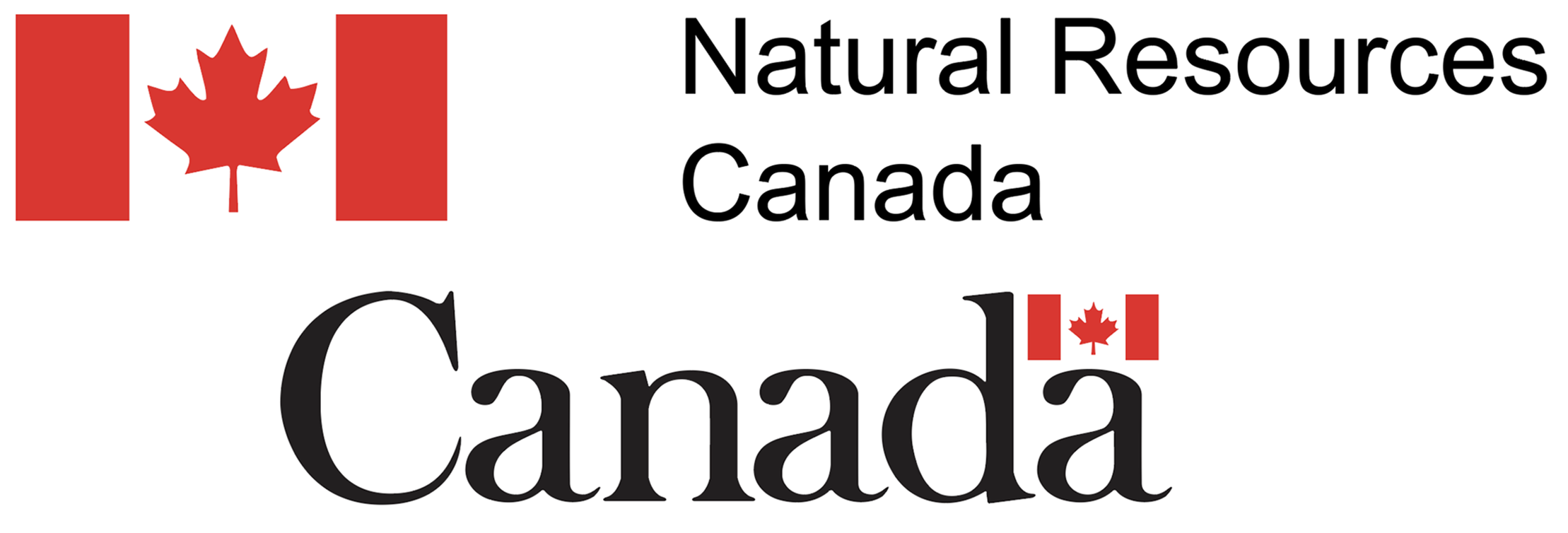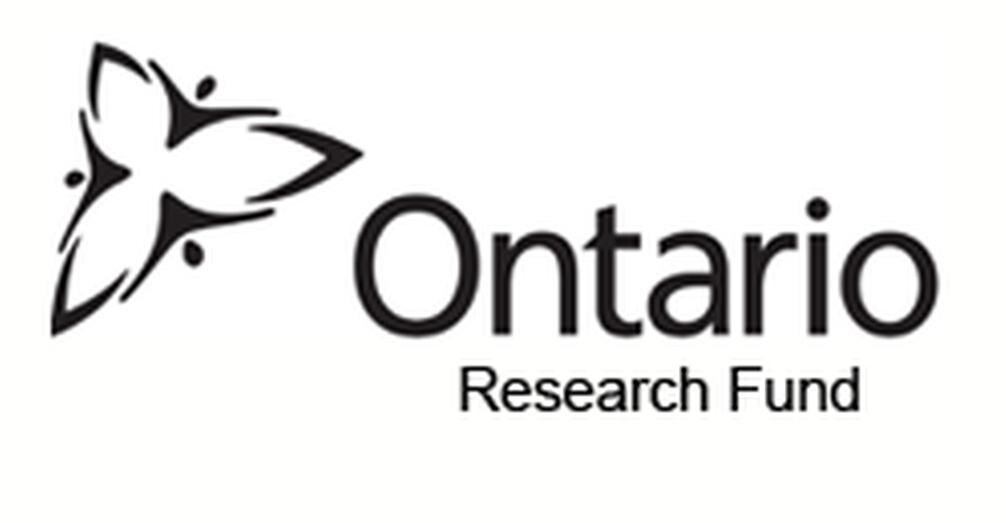our research
There is a vital and pressing need to reduce greenhouse gas (GHG) emissions as the concentration of atmospheric carbon dioxide (CO2) continues to rise and the impacts of climate change become more pronounced. Additionally, carbon pricing provides financial motivation for individuals, industries, and countries to curb GHG emissions. We conduct field studies and laboratory experiments supplemented with geochemical modelling to examine mineral-water-CO2 interactions while seeking to address environmental issues from climate change to sustainable Earth resources. Our work has made significant advances for better understanding carbon cycling in the critical zone, microbial and enzyme-mediated carbonation, enhanced weathering and bioleaching, and mine waste carbonation at Earth’s surface conditions. We are carrying out many exciting projects and are aiming to launch several others in the next year. If you’re interested in joining the team, please email Dr. Power (ianpower@trentu.ca) about your research interests.
Co2 sequestration within Mine wastes
Mine waste (e.g., tailings) generation is escalating as the demand for resources increases and high-grade ore deposits become scarce. Consequently, the mining industry must develop more secure and cost-effective tailings management practices while improving environmental performance such as reducing GHG emissions. Alkaline, ultramafic and mafic (Mg-rich) mine wastes react spontaneously with atmospheric CO2 to precipitate carbonate minerals, thereby securely storing CO2. We work with major mining companies to develop technologies and strategies to accelerate CO2 sequestration using their mine wastes.
Related publications include The Mining Industry’s Role, Geochemical Modelling of CO2 Removal in Mine wastes, Carbonation and Cementation of Ultramafic Mine Tailings, and Carbon Mineralization and Enhanced Weathering of Ultramafic Mine Tailings.
The coarse residues and processing plant at the Venetia Diamond Mine, South Africa.
Kwon Rausis measuring CO2 fluxes for soils amended with wollastonite at the Trent Experimental Farm.
Enhanced rock weathering
As a negative emissions technology, enhanced rock weathering (ERW) aims to accelerate natural drawdown of CO2 through mineral weathering, which has helped to regulate atmospheric CO2 over geologic time. Pulverized mineral and rock such as olivine and basalt are spread in terrestrial or marine systems. Mineral surface areas are orders of magnitude greater compared to natural bedrock, which dramatically accelerates weathering rates. For this reason, alkaline mine tailings are an ideal feedstock for enhanced weathering as a means of carbon dioxide removal from the atmosphere. A key challenge with ERW is the quantification of rates and carbon verification. Our research is working on measuring and accelerating rates of weathering.
Related publications include Impact of Wetting and Drying Cycles, Direct Measurement of CO2 drawdown, Evaluating Feedstocks for CO2 Removal, and Carbon Mineralization.
Calcium carbonate formed from the reaction of atmospheric CO2 with CaO powder.
Carbonation of highly reactive minerals for co2 removal
Mineral looping is a proposed CO2 removal technology that involves the calcination of magnesium and calcium carbonates to form oxide minerals that are highly reactive with CO2. Although this technology is promising, there remain questions about the rates, reaction pathways, and limitations regarding carbonation. Our most recent research showed showed that MgO carbonation to form dypinigite, a magnesium carbonate, is limited by the supply of CO2. Elucidating reaction pathways and limitations is necessary for developing new technologies and accelerating CO2 removal rates.
Related publications include CO2 Capture using Magnesium Oxide Powder.










